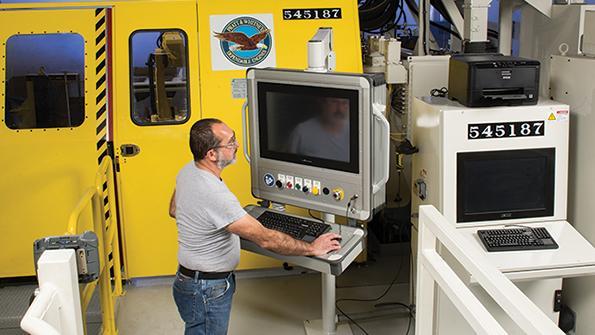
One of many vulnerabilities exposed by the corona-crisis has been the fragility of globalized supply chains and the ‘just-in-time’ business model.
For while this cuts down inventory costs and promotes efficiency, to function effectively disparate organizations and infrastructure must interact with clockwork precision.
However, the gears may grind more frequently in the future if governments become more accustomed to imposing partial lockdowns and travel bans – so industry will have to adapt.
Solutions may include shorter, more localized supply lines and a return to larger inventories – trends that may occur in aviation, too.
The aircraft maintenance market will then need to find efficiencies in different areas, not least because they will probably find themselves competing for a smaller group of customers after the crisis.
One result of this may be to boost automation in a sector where its adoption has been slow.
Consultancy Roland Berger estimates that within the next decade the share of work performed by robots in aerostructures manufacturing will roughly double from its present level of 30%.
Before the crisis, however, Roland Berger partner Holger Lipowsky was less optimistic about the prospects for automation within MRO, which he thought would still be majority reliant on touch labor in 2030.
Now, though, MRO providers may have to challenge that prediction if they are to carve a profitable future. For example, one way to address supply chain issues could be to push their capabilities in 3D printing, which at present is used for little more than prototyping and minor cabin parts.
Faster digitization would reap even bigger gains, both to provide better supply chain visibility and because it tends to drive down the scale at which automation makes sense.
